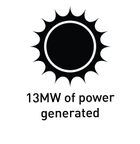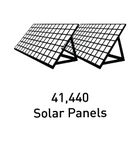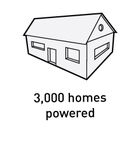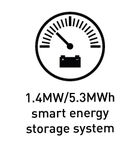MSF Sugar to switch on green power plant
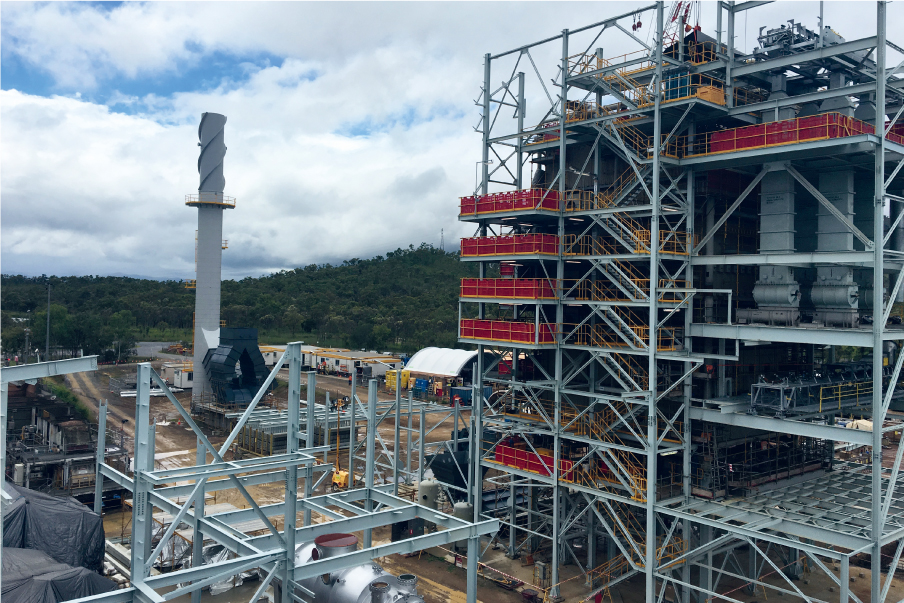
Green energy is coming soon to the Tablelands as construction of a green energy power plant nears completion.
MSF Sugar’s ambitious $75 million green energy power plant is expected to be ready for a mid-year commissioning after reaching several major construction milestones since the start of 2018
The Tableland Green Energy Power Plant (TGEPP) project manager Mark Magnanini said the green energy power plant at the Tableland Mill near Mareeba turns 100 per cent renewable sugarcane fibre, bagasse, into green energy.“The power plant is our flagship project where agricultural waste will be transformed into baseload power,” Mr Magnanini said.Once the plant comes online it will produce 24 megawatts of electricity, enough to power 26,280 homes. The electricity produced will be sold to the power grid and is equivalent to powering every home in the Tableland region.
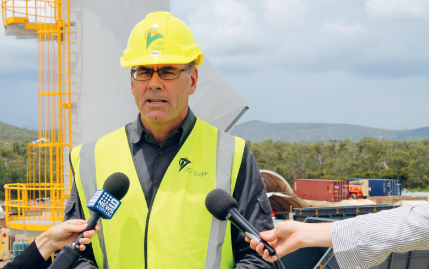
Construction of the green energy power plant started in May 2017, with the number of workers on site increasing from up to 80 to 150 as construction ramped up.
The company expects the sugar mill will produce sufficient bagasse to run the power plant for about 8-9 months of the year. This could be extended to 11 months using other materials including cane trash and sawdust wastes.
MSF Sugar is also actively exploring additional crops that will stabilise power production for 12 months of the year, including blue agave which is able to be grown on arid farm land with no irrigation.
A trial farm has been set up close to the mill which aims to establish the feasibility of the plant as a viable crop for the Tableland region.
MORE: msfsugar.com.au
Stage 2 solar facility pushing ahead
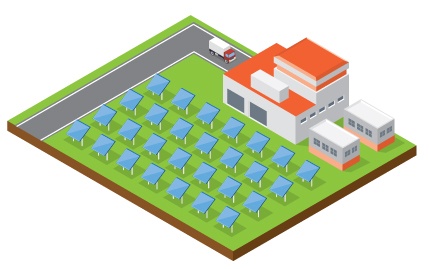
Australia’s very first grid-connected, utility-scale solar and battery energy storage facility is now powering homes north of Cairns. And the proponents Conergy are already pushing ahead with stage 2 of the project. The $42.5 million Lakeland Solar and Storage Project is now providing power to more than 3000 households living on the fringe of the electricity grid in Cape York. But Conergy managing director Christopher West said the company wasn’t stopping there. “The region is abundant in solar resource, so it’s an ideal place to deliver solar projects like Lakeland and now Lakeland II,” Mr West said. “Once completed, Lakeland and Lakeland II will provide 30 MW of local solar generation, with storage. Imagine powering up approximately 4015 average home air-conditioning units and running them all at the same time for eight hours through the heat of the day – that’s the combined production output capacity of Lakeland I and II.”
Federal Environment and Energy Minister Josh Frydenberg said the project would help ensure “the lights stay on even when the sun isn’t shining”.
“Combining solar generation and battery storage means energy generated throughout the day can be captured and stored for use when it’s needed overnight or during peak usage times,” he said. “The overall reliance of the community on the grid is reduced and smart controller software manages energy intermittency to create reliable power generation. The project will serve as a great example for other regional communities on the fringe of the electricity grid.”
Lakeland Solar and Storage Project by the numbers
